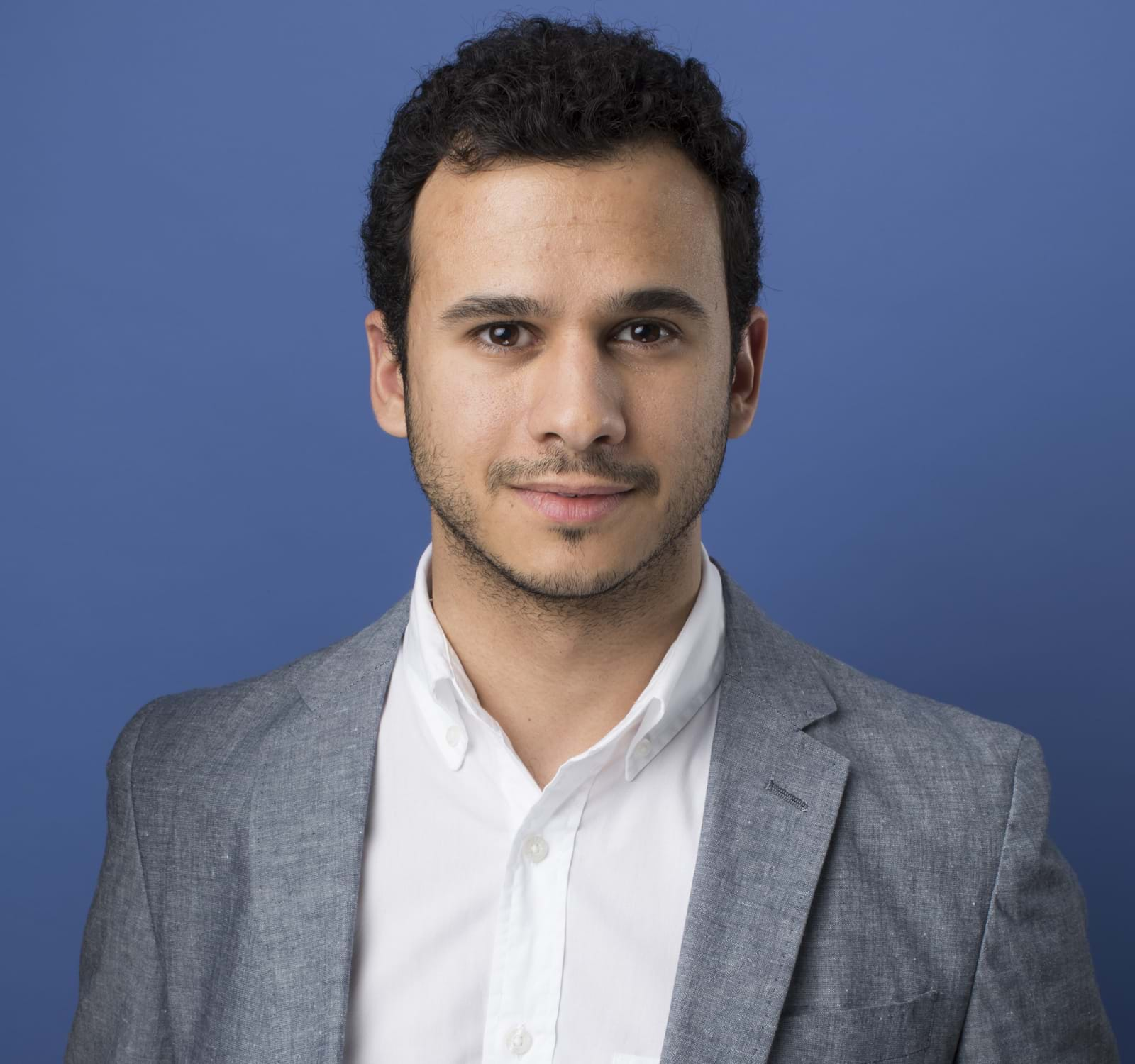Understanding the organizational needs of our grantees
A key part of our BUILD grants is the Organizational Mapping Tool (OMT), an open-source assessment tool to help nonprofits identify and prioritize where they need strengthening as organizations. The tool is designed to provide clear qualitative markers of development, creating an assessment of an organization’s current state as well as a roadmap for its improvement. BUILD grantees use the tool at the beginning of their grant period, and, now that almost 200 of them have participated, we’re seeing it become an essential source for learning not just here at Ford but hopefully for funders and nonprofits alike.

Former Program Associate, Building Institutions and Networks (BUILD)
How does the tool work?
Originally designed by Wellspring Philanthropic Fund, the tool is a facilitated, in-person, qualitative exercise to help organizations come to consensus on their strengths and most urgent capacity-building needs. Participants review aspects of various capacities, like administration or organizational culture, and rank their current state on a scale of “minimal” to “strong.” After reviewing each category, a facilitator guides staff in collectively choosing the organization’s top three priorities for strengthening.
BUILD grantees, large and small, complete the mapping tool to then use the results to inform their plans for organizational strengthening. To encourage frank discussion, we decided early on to keep the exercise anonymous, and to not require grantees to share their OMT reports with us. We worked with an external vendor, who anonymizes the reports to enable us to do analysis.
What are we seeing?
As of October 2019, we have collected and anonymized 172 OMT reports and can point to a couple of clear takeaways from the data. First, to get a sense of the range of organizations in the BUILD portfolio, below is the regional breakdown in the set.

Of all the organizational capacities that need work, grantees prioritized two: Human Resources and Organizational Culture. These were the most commonly selected as a first, second or third priority by half of these 172 BUILD grantees. In many cases, both were selected.

What’s at the top of the priority list?
Human Resources assesses the strength of HR policies, job descriptions and appraisals, compensation, staff development and turnover, and diversity, among other elements. Staff turnover and diversity, in particular, are two aspects that many BUILD grantees tell us they’re working to improve.
The questions on Organizational Culture cover areas like internal communications, decision-making processes and staff well-being. Internal communications, in particular, is often highlighted by grantees as a popular priority area.
The prominence of these categories affirms some of our suspicions about the structural challenges many nonprofits face. When funding is mostly short term, tied to specific project outputs, and doesn’t cover indirect costs, it can be difficult to invest adequately in your people and systems over time. One of our goals with BUILD is to enable grantees to make those investments and strengthen their operations, while also providing general support for their vital programmatic work.
What’s interesting to us—and something we want to explore—is that we’re seeing these same top priorities across geographies. For our BUILD grantees in both the Global South and North, these are all areas in need of attention and support. The below chart compares the top five categories across Global North and South organizations:


What else we’re learning
Fundraising is another priority common to both groups. One category where the priorities diverge, on the other hand, is Safety and Security. It was a priority for a third of our BUILD grantees in the Global South, compared to only 10 percent of those in the Global North. This isn’t surprising, given the increasing limitations on civic space in many of our regions. For BUILD grantees dealing with digital attacks, government surveillance, and even physical threats to frontline workers, ensuring the protection of their staff and communities is a vital element of their institutional strengthening work.
Our analysis of OMT reports has yielded valuable insights on broad trends, but it also has its limitations. For example, each report reflects a single, consensus-driven picture of an organization’s priorities, but it does not reflect the full spectrum of individual views. The OMT was not designed to be a baseline test. While BUILD grantees do perform the exercise at the beginning of their grant, the tool is intended as a private exercise in organizational reflection and prioritization, not as a quantitative measure of capacity over time. For questions on BUILD’s impact on our grantees’ resilience and effectiveness, we’re looking to the BUILD evaluation for answers. And in the meantime, we’re also offering various technical assistance and capacity-building initiatives in response to our grantees’ needs.
If you have further questions on the tool or its analysis, please reach out to [email protected]. And if your organization would like to try the OMT, feel free—it’s open-source and available in seven languages.